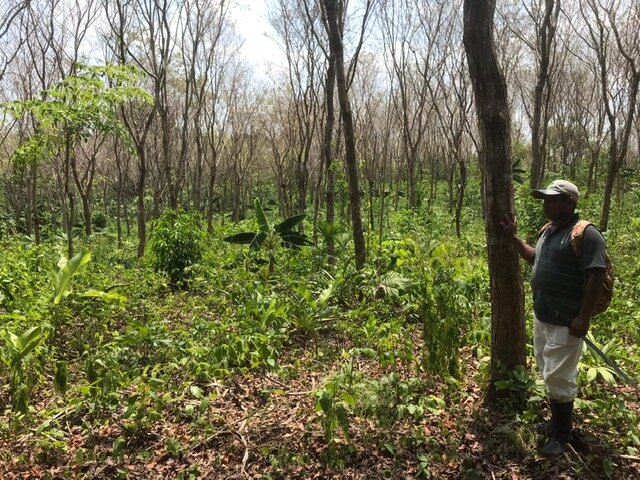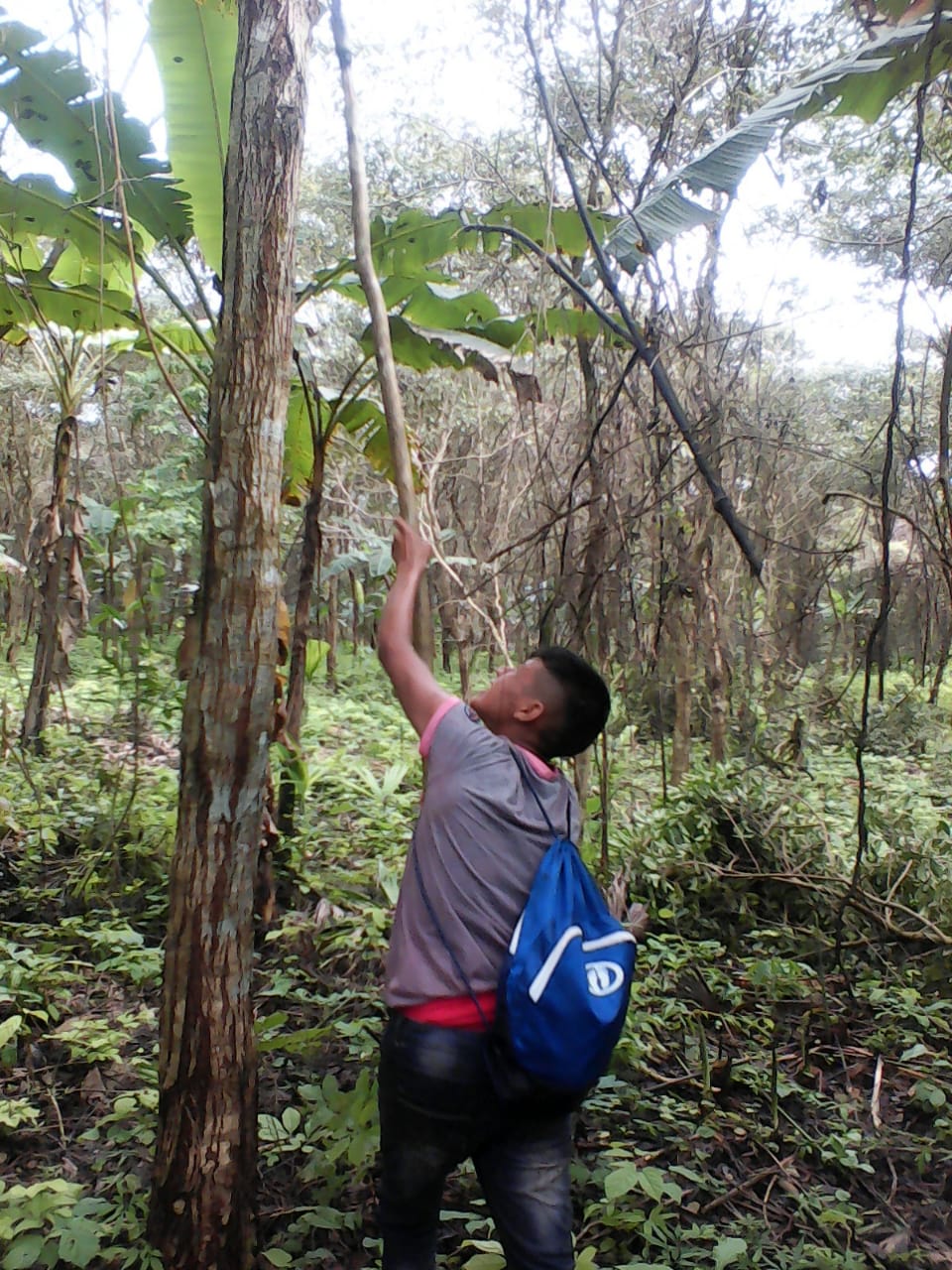Indigenous Land Rights and Economic Efficiency
/ Assessing the encroachment of squatters into Arimae's reservation.An interesting piece of news recently came out of Indonesia regarding the need for land and carbon rights for Indigenous Peoples if conservation programs (especially REDD) are to work. One of the higher level politicians announced a new focus by the government to deliver and enforce territorial land rights for forest communities.
Assessing the encroachment of squatters into Arimae's reservation.An interesting piece of news recently came out of Indonesia regarding the need for land and carbon rights for Indigenous Peoples if conservation programs (especially REDD) are to work. One of the higher level politicians announced a new focus by the government to deliver and enforce territorial land rights for forest communities.
Often we hear calls for the recognition of Indigenous Peoples land rights, but what is encouraging about this is the government’s recognition that their lack of land rights is economically inefficient. Because the Indigenous Peoples don’t have legal rights to their land, it is partitioned inefficiently and is not generating the potentially significant economic gain and poverty reduction.



